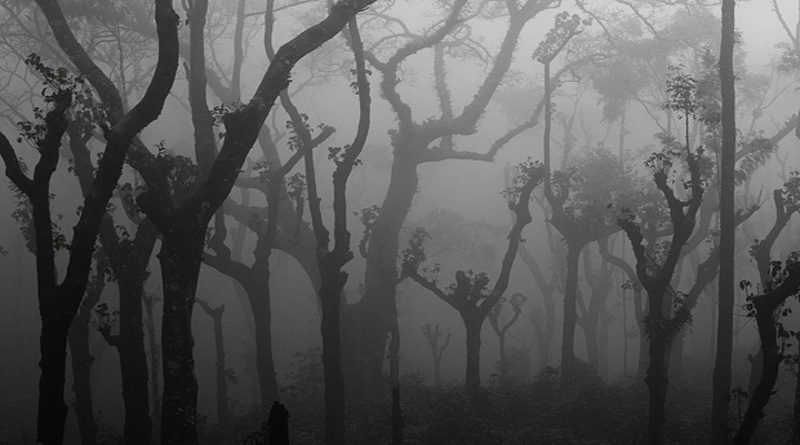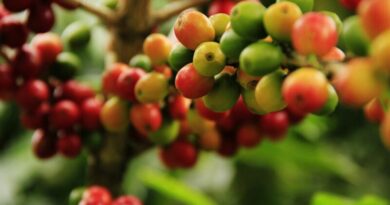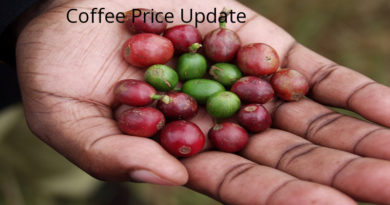Avg rainfall in coffee growing areas increased in last decade : Good or Bad?
Raghuramulu says that the changing timing and frequency of those rains is having a negative impact on coffee cultivation.
Coffee Board of India(CBI) in its recent study on climate change in main coffee growing areas revealed that global warming has substantially altered sensitive coffee ecosystem.
Analysis of certain climatic parameters of two of the main coffee growing areas within the Western Ghats, Chikmagalur and Coorg, which together contribute nearly 60 per cent of India’s annual crop, show the serious impacts of climate change.
Raghuramulu,Director of Research at India’s Central Coffee Research Institute, says – “Trend line analysis of 100 years of rainfall data available at the Research Institute of the Coffee Board in Chikmagalur District indicated that the rainfall during the current decade (2005-2014) was increased by 410.68 millimetres per annum, which broke down to 65.43 millimetres in summer, 314.79 millimetres in the rainy season and 30.46 millimetres during winter, as compared to the previous decade (1995-2004)”.
In addition to this, an analysis of the temperature patterns in Chikmagalur showed that the maximum temperature between 2005 and 2014 had increased by an average of 0.8 degrees Celsius, with rises of 0.8 degrees, 0.5 degrees and 1 degree during summer, rainy and winter periods respectively compared to the previous decade. Similarly, the summer, rainy and winter period mean minimum temperature was increased by 0.8 degrees, 0.9 degrees and 1 degree respectively compared to the 10 years from 1995 to 2004, and the average increase in minimum temperature was 0.9 degrees.
Coorg showed similar results, with an increase in the average rainfall of 12 millimetres in the 10 years between 2005 and 2014 compared to the previous decade.
Similarly, the maximum temperature in Coorg during the decade of 2005 to 2014 during summer, rainy and winter periods was increased by 1 degree, 0.2 degrees and 1.2 degrees respectively compared to the previous decade.
The minimum temperature during the summer, rainy and winter periods was increased by 0.5 degrees, 1.2 degrees and 1.76 degrees respectively compared to the previous decade.
“The rise in both minimum and maximum temperatures created favourable conditions for frequent flare-ups of major pests like white stem borer in Arabica coffee” – Raghuramulu.
While the climate data showed an increase in rainfall overall,
“Indian coffee growing areas receive the bulk of their rains – up to 70 per cent – during the south-west monsoon, which is from June to September,The remaining rainfall is received during the north-east monsoon – up to 20 per cent from October to November, and summer showers from March to May. During the past decade, the north-east monsoon has failed in many years. This is leading to long dry spells of up to to five months.”
Raghuramulu says “this change in rainfall patterns is leading to erratic blossoming of the coffee crops.During the last decade, erratic or insufficient summer showers were received in seven years. The summer showers are essential for normal blossom and fruit setting in coffee”
Photo Courtesy:Paintedstork Photography and Travel
Source:World Coffee Report



